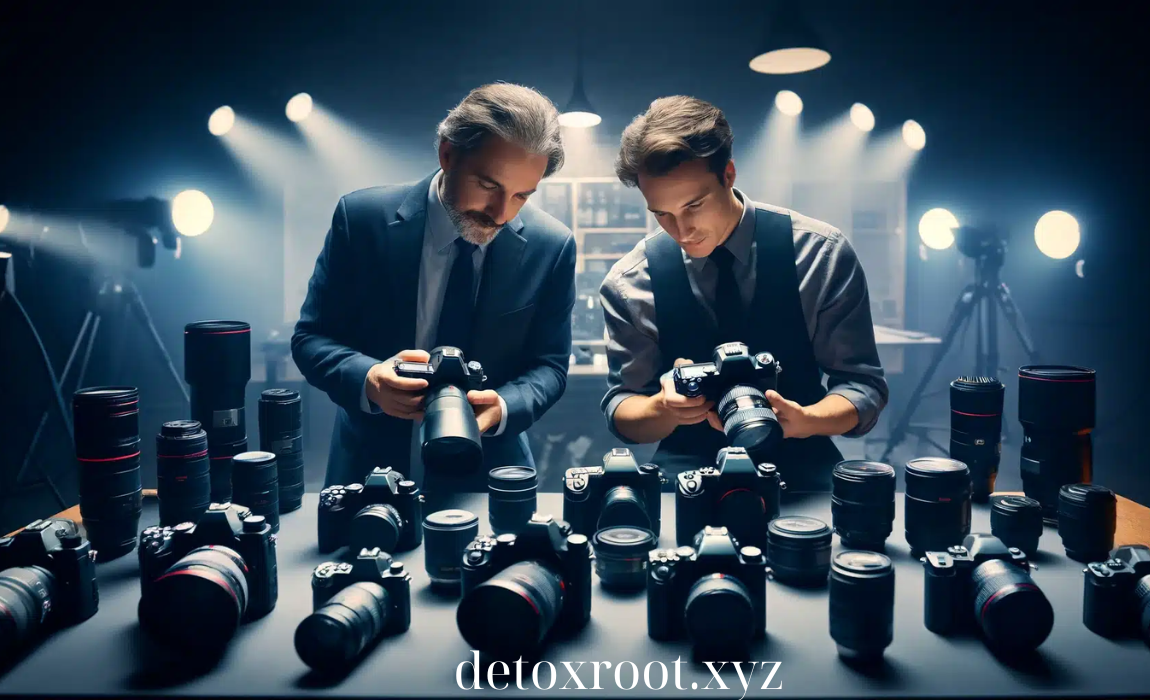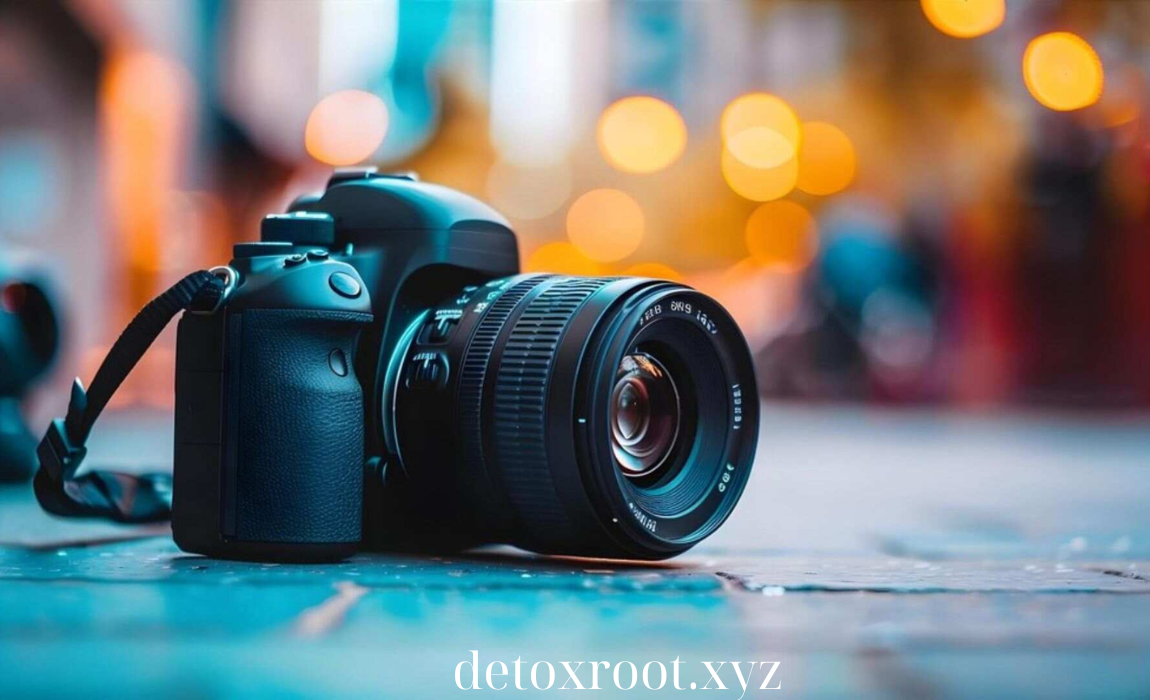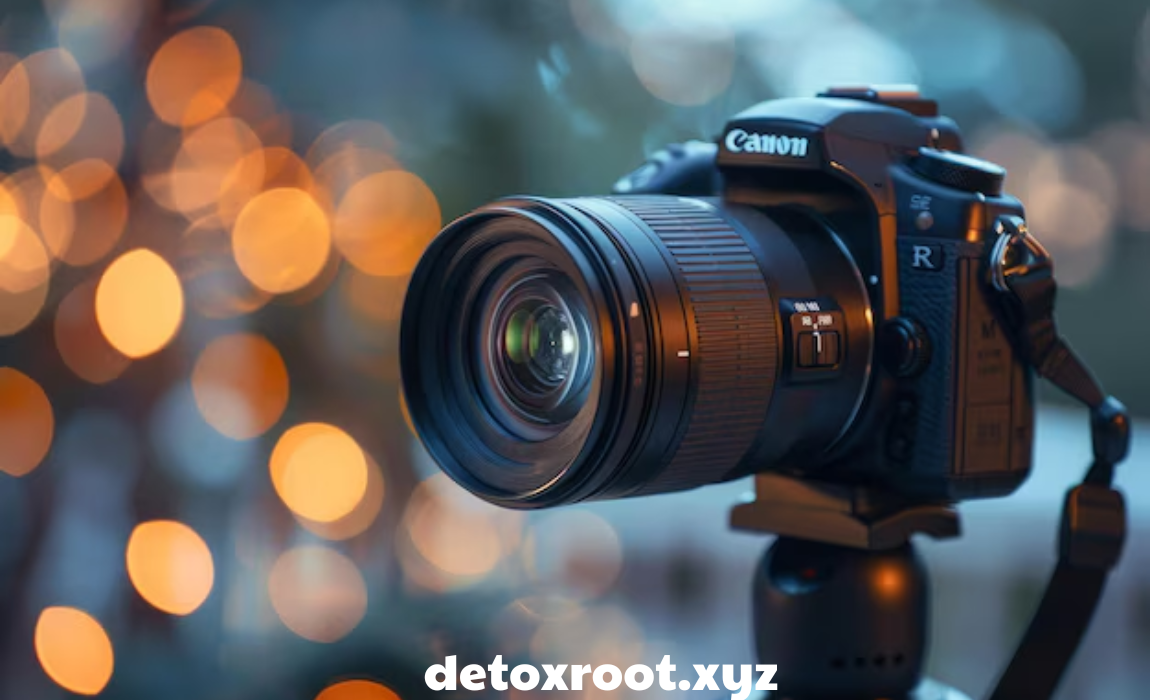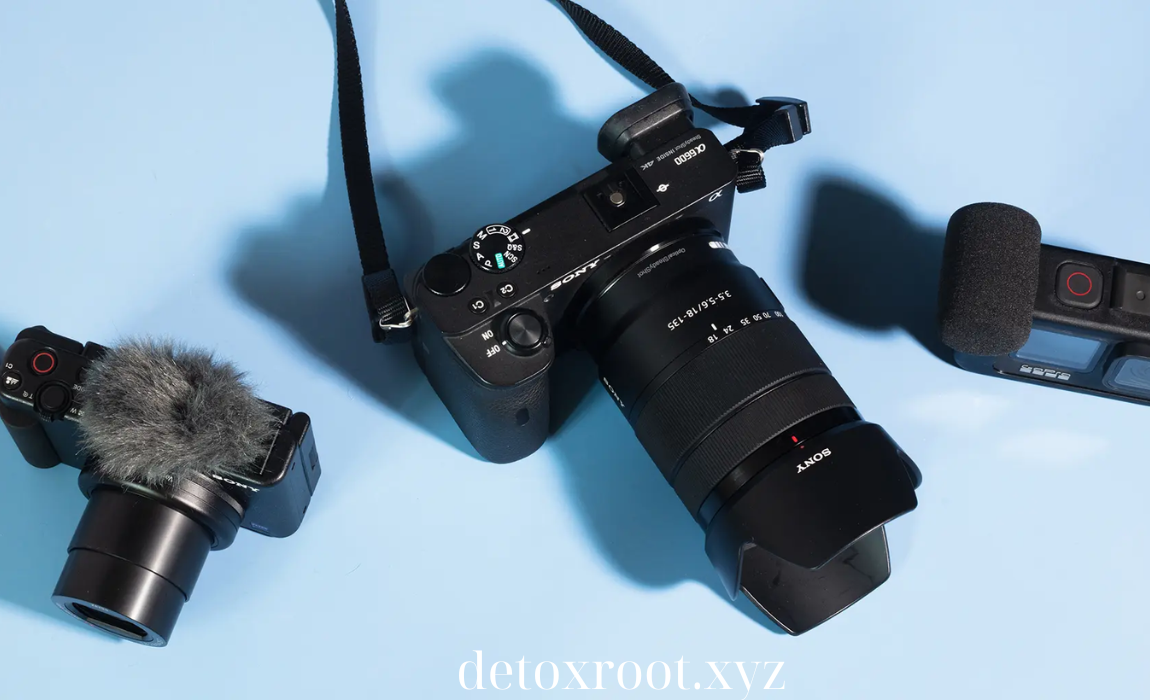When it comes to choosing the perfect camera, the decision can feel overwhelming. With so many different types of cameras available—each offering various features and benefits—knowing which one will meet your needs is crucial. From professional photographers to casual shooters, there’s a camera for everyone. In this comprehensive guide, we’ll compare the top camera types, from DSLRs and mirrorless options to compact, point-and-shoot, and action cameras, to help you find the best option for your photography goals.
Whether you’re looking for a camera to capture high-quality travel memories or want something more advanced for professional work, understanding the differences between camera types will help you make the right choice. Let’s dive into the key comparisons to help guide your decision.
1. DSLR vs. Mirrorless Cameras: Which Is Better for Professionals?
For many years, DSLR (Digital Single-Lens Reflex) cameras dominated the market as the go-to choice for professional photographers. However, mirrorless cameras are quickly rising in popularity, offering many of the same features but in a more compact form. Here’s how they compare:
- DSLR Cameras: Known for their optical viewfinders and wide variety of interchangeable lenses, DSLRs are often praised for their robust build and long battery life. The optical viewfinder shows exactly what the camera sees, offering a precise preview. DSLRs also tend to have faster battery usage due to the larger body that houses bigger batteries. However, DSLRs can be bulky and heavy, making them less portable.
- Mirrorless Cameras: Lightweight and compact, mirrorless cameras are increasingly becoming the preferred choice for photographers who value portability. These cameras do away with the mirror mechanism found in DSLRs, replacing optical viewfinders with electronic ones. This allows for faster shooting speeds, better video capabilities, and more accurate focusing, especially in low light. However, battery life is often shorter in mirrorless cameras, as the electronic components require more power.
Who should choose? If you need a durable, long-lasting camera with a traditional feel and you’re willing to carry extra weight, a DSLR might be the best choice. On the other hand, if you want something more portable, with cutting-edge technology, mirrorless cameras offer excellent features for both stills and video.
2. Compact Cameras vs. Smartphone Cameras: Can a Smartphone Replace a Camera?
Smartphone cameras have improved tremendously over the years, with some high-end models offering professional-grade features. But how do they stack up against dedicated compact cameras?
- Compact Cameras: Also known as point-and-shoot cameras, these are small, easy to use, and designed for quick snapshots. They offer better image quality than most smartphones, particularly in low-light conditions, and often come with manual settings to give you more control over your photos. Compact cameras are great for travel or everyday use when you want better quality than your phone can provide but don’t need the complexity of a larger camera.
- Smartphones: Modern smartphones come equipped with advanced cameras that rival some compact models, especially with AI-driven features like portrait mode, night photography, and video stabilization. However, while smartphone cameras are convenient, they lack the depth and versatility of a dedicated camera. Smartphones typically struggle in challenging lighting conditions and don’t offer optical zoom or manual controls that true cameras provide.
Who should choose? If you’re looking for convenience and always have your phone with you, a smartphone camera can be enough for casual photography. However, if you want better image quality or plan to shoot in a variety of conditions, a compact camera still offers advantages over smartphones.
3. Action Cameras vs. Point-and-Shoot Cameras: Which One Is More Versatile?
For those who enjoy adventure sports, travel, or simply want a durable camera for action-packed activities, action cameras and point-and-shoot models offer distinct benefits:
- Action Cameras: Designed for capturing high-energy moments, action cameras are rugged, waterproof, and built to withstand harsh conditions. Brands like GoPro have popularized action cameras for activities like surfing, skiing, and cycling. These cameras are often small, making them easy to mount on helmets, bikes, or surfboards, and they typically feature wide-angle lenses to capture immersive shots. However, action cameras are best suited for video and wide shots, with limited capabilities for zooming or high-resolution still photography.
- Point-and-Shoot Cameras: While not as durable as action cameras, point-and-shoots offer versatility for everyday use. They feature zoom lenses, image stabilization, and high-quality sensors, making them great for general photography. Many modern point-and-shoots also include Wi-Fi or Bluetooth connectivity, making it easy to share photos directly from the camera.
Who should choose? If you love outdoor sports and need a camera that can handle the elements, an action camera is the way to go. If you’re looking for a simple, everyday camera with decent image quality and zoom, point-and-shoot cameras are still a solid choice.
4. Full-Frame vs. Crop-Sensor Cameras: Which Sensor Size Is Right for You?
For those serious about photography, sensor size is one of the most important factors to consider. The two main types of camera sensors are full-frame and crop-sensor (also called APS-C) sensors.
- Full-Frame Cameras: Full-frame sensors are larger and capture more light, which results in better image quality, especially in low-light conditions. They offer a wider field of view and more detailed images with less noise. Full-frame cameras are typically more expensive and are used by professional photographers who need the best possible image quality.
- Crop-Sensor Cameras: These cameras have smaller sensors, which makes them more affordable and lighter. While they don’t capture as much detail or light as full-frame sensors, they still produce excellent images, especially for beginners or hobbyists. A crop-sensor camera also gives a zoomed-in effect when using certain lenses, which can be useful for sports and wildlife photography.
Who should choose? If you’re a professional or advanced photographer and need the highest image quality, a full-frame camera is worth the investment. Crop-sensor cameras, on the other hand, are perfect for enthusiasts and hobbyists looking for a balance between price and performance.
5. Bridge Cameras vs. Interchangeable Lens Cameras: Flexibility vs. Simplicity
If you’re torn between the simplicity of a compact camera and the creative flexibility of a DSLR, you might want to consider either a bridge camera or an interchangeable lens camera.
- Bridge Cameras: These cameras are a hybrid between compact cameras and DSLRs. They typically feature a long zoom lens and a range of manual controls, but the lens is fixed, meaning you can’t change it like you would on a DSLR. Bridge cameras are excellent for users who want more advanced features without the complexity of dealing with multiple lenses.
- Interchangeable Lens Cameras (DSLRs or Mirrorless): These cameras offer the ultimate flexibility by allowing you to swap out lenses based on your shooting needs. Whether you need a wide-angle lens for landscapes or a telephoto for wildlife, interchangeable lens cameras give you control over your photography. They also tend to offer better image quality and more customization options.
Who should choose? A bridge camera is a good choice if you want a versatile, all-in-one solution that’s easy to use. If you’re looking for more creative control and don’t mind carrying extra lenses, an interchangeable lens camera will give you the flexibility you need.
6. Film Cameras vs. Digital Cameras: Old-School Charm or Modern Convenience?
While digital cameras have largely replaced film, there’s still a devoted community of film photographers who appreciate the unique qualities of analog photography.
- Film Cameras: Shooting with film can be a rewarding experience for those who enjoy the process of developing photos and want to experiment with a more hands-on approach. Film cameras offer a unique aesthetic that many photographers find appealing, but they require more patience and skill to master.
- Digital Cameras: The convenience of digital photography is hard to beat. With instant results, the ability to shoot hundreds of photos without worrying about running out of film, and advanced editing capabilities, digital cameras have become the standard in the photography world.
Who should choose? If you love the art of photography and don’t mind the extra effort, film cameras offer a rewarding experience. For most photographers, however, digital cameras are the more practical and versatile choice.
Conclusion: Which Camera Is Best for You?
Choosing the best camera depends largely on your personal preferences, photography needs, and budget. For those seeking professional-level performance, DSLRs and mirrorless cameras are the top choices. If you’re looking for something more casual or compact, point-and-shoots and smartphones might be your best bet. Adventurers will appreciate the durability and portability of action cameras, while enthusiasts can experiment with full-frame or crop-sensor options for different creative effects.
By understanding the key differences between these camera types, you can make an informed decision and find the camera that’s perfect for you, whether you’re a beginner or a seasoned pro. Keep in mind that the best camera is the one that fits your specific needs, so choose wisely and start capturing your favorite moments with confidence.



